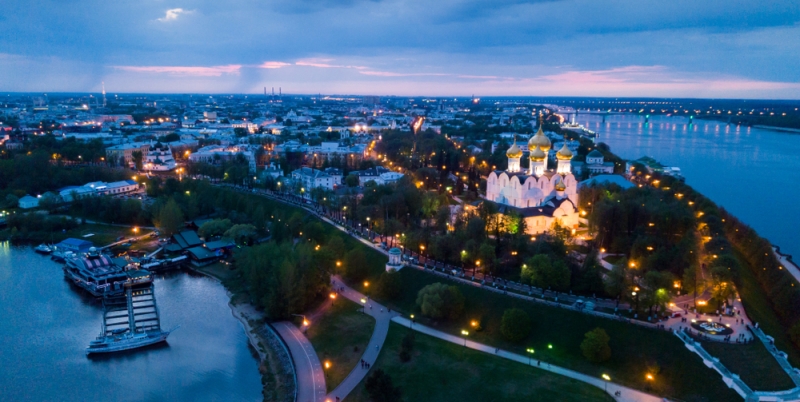
The main city of the Golden Ring of Russia is famous for its temples and the beautiful Volga embankment. This is a great place for a weekend trip: in two days you can see the main attractions, get around the most beautiful places and fall in love with the city so much that you want to come back here again and again.
How to get there by plane

Aeroflot airline operates regular direct flights to Yaroslavl from Moscow. On Friday you can depart at 21:05, and an hour later you will land at Tunoshna airport. A round-trip ticket will cost approximately 3,000 rubles. There is an Aeroexpress train from the airport to the city, a ticket costs from 100 rubles, the journey takes less than an hour.
By car: the road from Moscow takes more than 4 hours if there are no traffic jams along the way. However, on Friday evenings leaving the capital, traffic is almost always difficult.
Where to stay
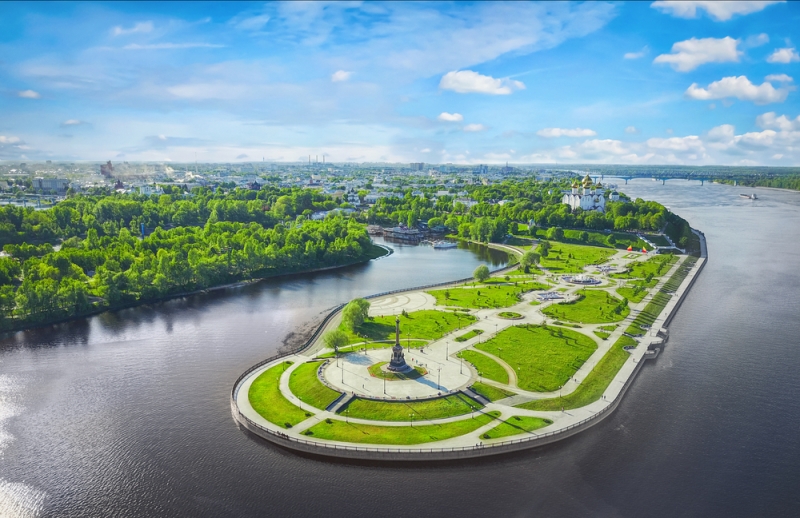
There are more than a hundred accommodation options available in Yaroslavl, from guest houses and hostels to four-star hotels in the very center of the city. A hotel of 3 stars and above with high guest ratings (8 points out of 10 or more) can be found for 1,800 rubles per night (room for two).
Here are some options that OneTwoTrip customers like:
- Kuptsov House
- Ibis Yaroslavl Center
- Royal Hotel Spa & Wellness
What to see
We have compiled a list of must-sees during a short visit to the city. You may not have time to see everything – decide for yourself whether you want to walk around temples and churches, study history in museums, or just take a promenade along the embankment and park.
Yaroslavl Kremlin
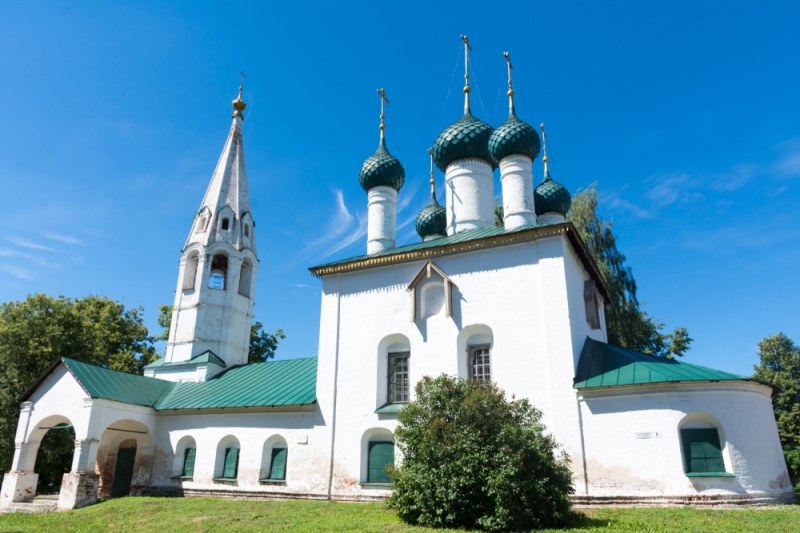
The chopped city, the Yaroslavl architectural museum-reserve or, more simply, the Yaroslavl Kremlin is the historical heart of the city. It was here, on the triangle formed by the Volga and Kotorosl rivers, according to the “Legend of the Construction of the City of Yaroslavl” that the settlement was founded. The natural boundaries of the Kremlin are very small, only about a kilometer, and the city very quickly went beyond its boundaries. All the buildings on the territory were wooden and burned down in the great fire of 1658. The stone towers we see today were built later.
There are six temples on the territory of the Kremlin, the most notable of which is the Assumption Cathedral. It was founded in 1215 and survived a lot – the invasion of Batu’s hordes, a fire (after which the church was restored), Troubled times. However, under Soviet rule, in 1937, the temple was blown up. Today it has been restored: construction began in 2004 and was completed just in time for the celebration of the city’s millennium. The ancient icons and relics of princes that were kept here were returned here, and now this is the main cathedral of Yaroslavl.
Spaso-Preobrazhensky Monastery
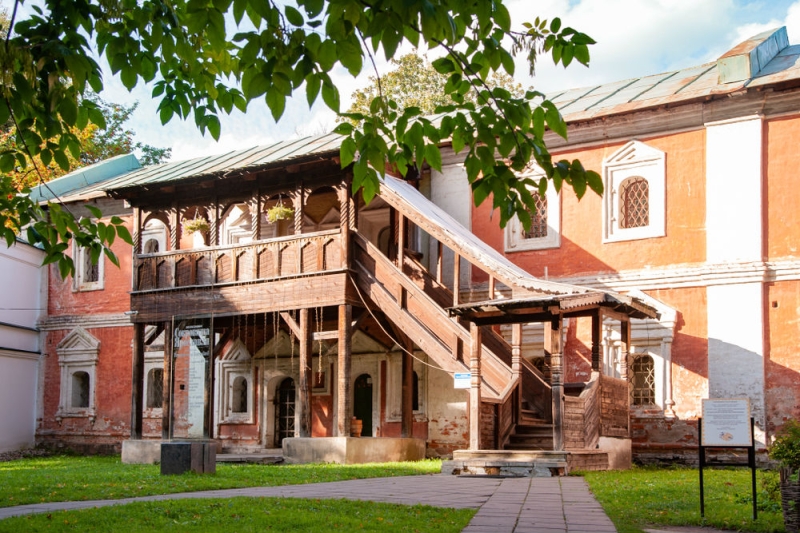
It is sometimes mistakenly called the Kremlin because of its high white stone walls. Monastery It is part of the Yaroslavl Museum-Reserve, and in addition to numerous temples and churches – of course, you should at least look into them – there are other unusual attractions here. Let’s talk about those that will be of interest to everyone.
There are several interesting exhibitions on the territory of the museum. For example, you can get involved in history and poetry by looking at the first edition of “The Tale of Igor’s Campaign” (an ancient manuscript was once found in Yaroslavl) and objects that are in one way or another connected with this poem. Or go to the oldest department of the museum – “Nature of the Yaroslavl Region”, which was first presented to the public in 1865. Today you can see models, illustrations and dioramas with scenes from the life of animals in the region. And if you can’t imagine traveling without exploring cafes and restaurants, you will definitely like the exhibition “Meal in Yaroslavl” – although you won’t be able to eat here, you will learn about how traditional Russian feasts were held.
Volzhskaya Embankment

Many travelers say that the local embankment is one of the most beautiful among all Volga cities. It consists of three tiers. The upper one offers stunning views of the river, and the lower one has walking paths right next to the water. There are gazebos, benches and cafes on the embankment. In summer there are bicycle rentals and terraces where you can enjoy your coffee. Along the shore on the upper tier there are ancient merchant houses, temples and some museums, which we will talk about separately.
Strelka, park and monument to the 1000th anniversary of Yaroslavl
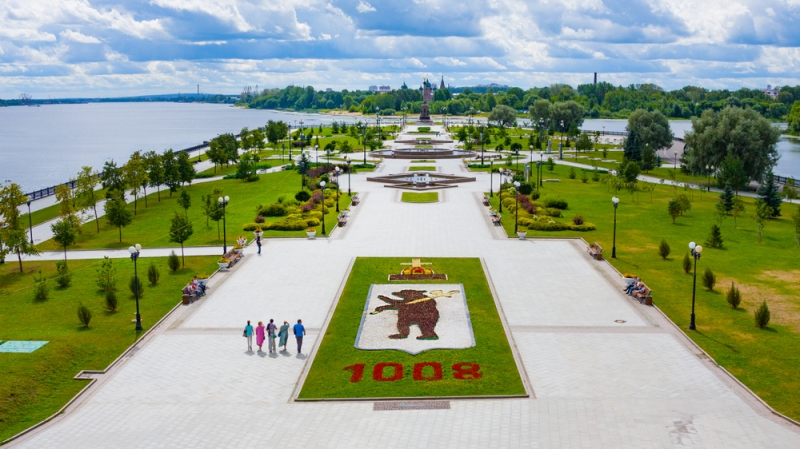
Photo: Irina Papoyan/Shutterstock.com
A small park was landscaped for the city’s anniversary. At the same time, a monument to the 1000th anniversary of Yaroslavl was erected – a stele more than 20 meters high, crowned with a double-headed eagle. The bas-reliefs on the pedestal reflect the main historical events. Around the stele there are sculptures of characters who influenced the development of the city – the prince who founded Yaroslavl, the chronicler, warriors, a priest, a woman with children.
It’s nice to just take a walk in the park, admiring the view of the river and the city. From here you can see all the main attractions on the other side of the Kotorosl, in particular, the architectural ensemble in Korovniki.
Church of St. John Chrysostom in Korovniki
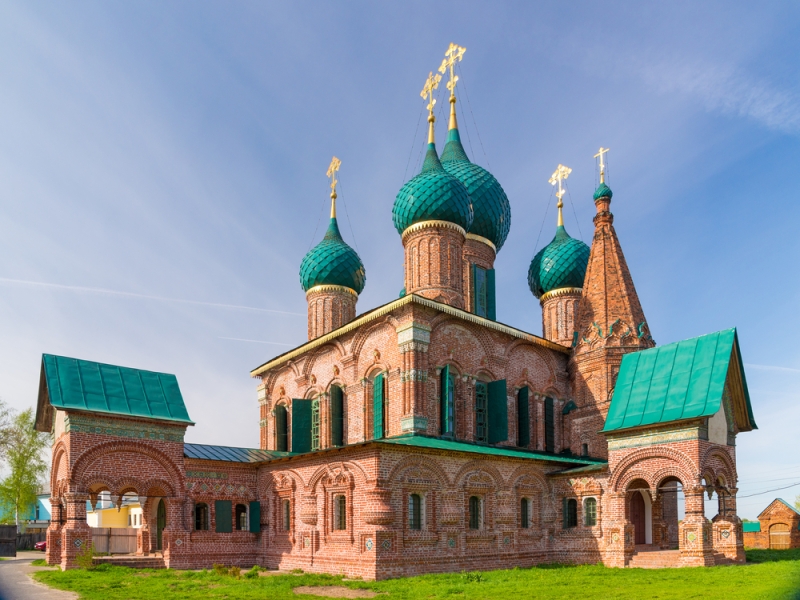
Photo: Yury Dmitrienko/Shutterstock.com
The temple complex is visible from afar. The Temple of St. John Chrysostom is considered one of the main monuments of ancient Russian architecture. Five-domed, with two tented aisles, wide galleries and a high porch, it is definitely worthy of your Instagram. There are no elaborate paintings or decorative details on the temple – except for the carvings on the platbands – but it looks elegant thanks to the unusual stonework. The inside of the church is painted by the famous artel of Alexei Soplyakov. The local iconostasis is considered a masterpiece of world painting.
Church of John the Baptist
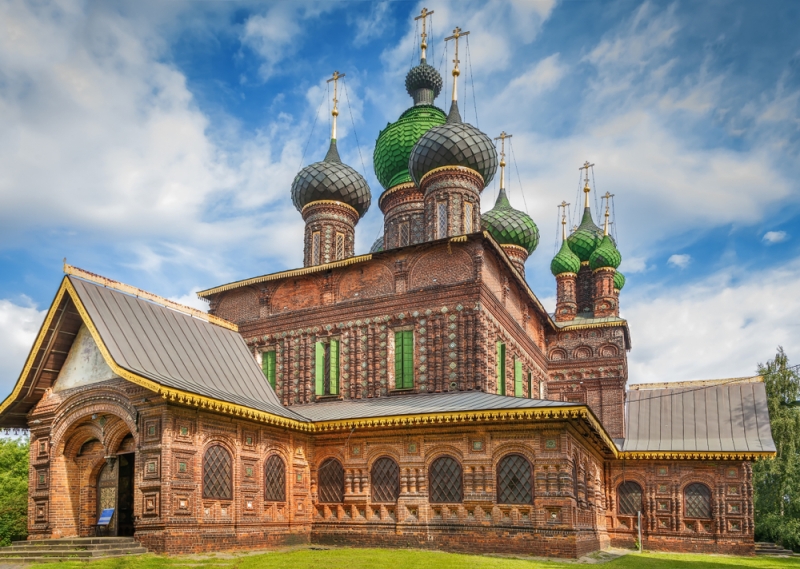
You have definitely seen this temple – if you have ever held a 1,000 ruble banknote in your hands. During the great fire in the 17th century, the wooden church that had stood here before burned down, and the temple was restored by all the city residents: some donated money, others carried icons or worked on the construction. The construction took 16 years, but the temple turned out beautiful. Today it is under the protection of UNESCO, restoration work is being carried out here.
Chapel of Our Lady of Kazan
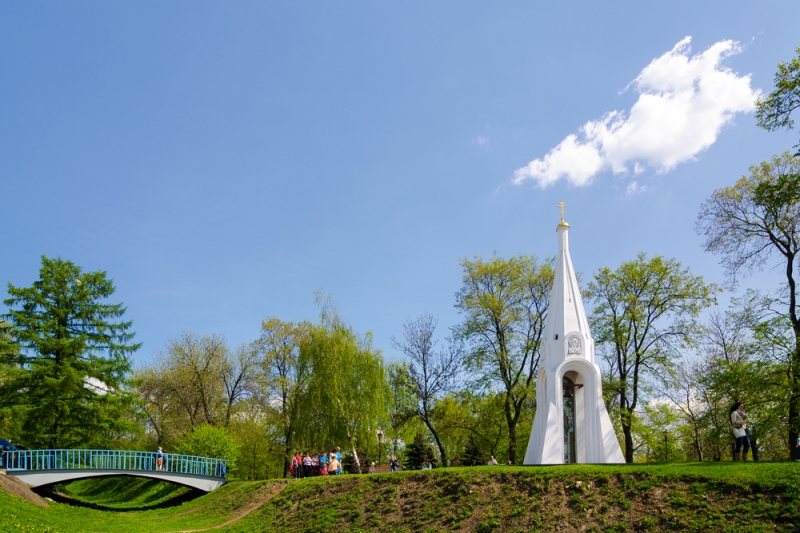
Photo: Frog Dares/Shutterstock.com
A young, but very noticeable monument of church architecture. The chapel was built near the Spaso-Preobrazhensky Monastery only in 1997, but since then it has become a favorite of tourists. Tall, light, snow-white, it seems to float above the shore. By the way, her image is also on the thousandth banknote.
There is a bell in the center of the chapel – the chapel was erected in memory of the events of the Time of Troubles, because it was in Yaroslavl that the people’s militia, gathered in 1612 to liberate Moscow from the invaders, gained strength. The ringing of the bell reminds us of how people were once called into the army. Every year on November 4, National Unity Day, a service and religious procession are held here.
Museum of the city of Yaroslavl
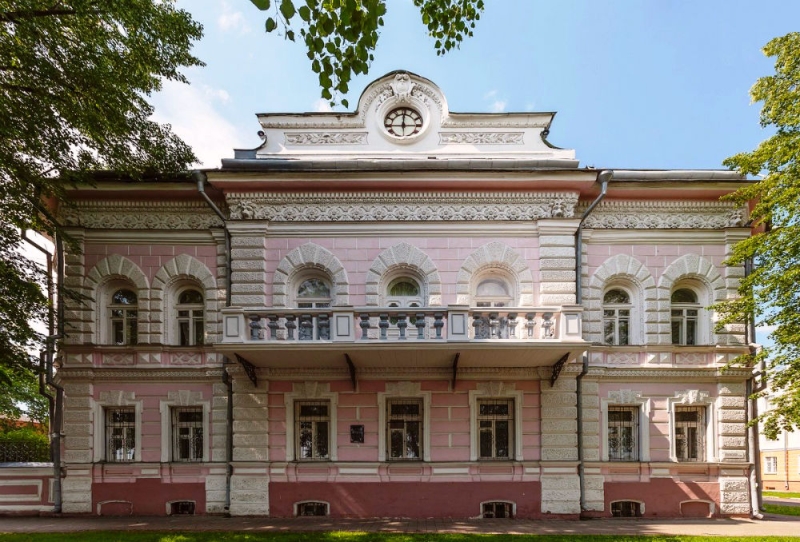
Photo: vk .com/mukmig.yaroslavl
The ancient building on the Volzhskaya embankment houses one of the most interesting museums in the city. This estate was built by the merchant Kuznetsov at the end of the 19th century in the eclectic style, and here it was possible to preserve the original interiors: enfilades, flights of stairs, a series of rooms and state halls.
People come here to get acquainted with the history of the city. There are three permanent exhibitions: “Ten Centuries of the History of the City of Yaroslavl”, “From the History of Yaroslavl Medicine” and “UNESCO World Heritage Monument”. The most interesting, perhaps, is the first one – in it you can see a unique model of an ancient city of the 13th century and archaeological artifacts.
Museum “Music and Time”

Photo: volkova natalia/Shutterstock.com
An unusual museum is also located on the Volzhskaya embankment. This is the first private museum in Russia; it was opened in 1993 by musician and circus performer John Motoslavsky. Here you can look at his unique collection dedicated to music and everything that relates to it – dozens of bells, antique gramophones and unusual musical instruments. The local music library contains old gramophone records and recordings of the voices of Stalin and Lenin.
In addition, the museum contains many ancient household items – there are 350 types of irons alone. And, of course, antique clocks that chime in different ways. By the way, you can pick up many objects here to look at them more closely.
Model of the Golden Ring
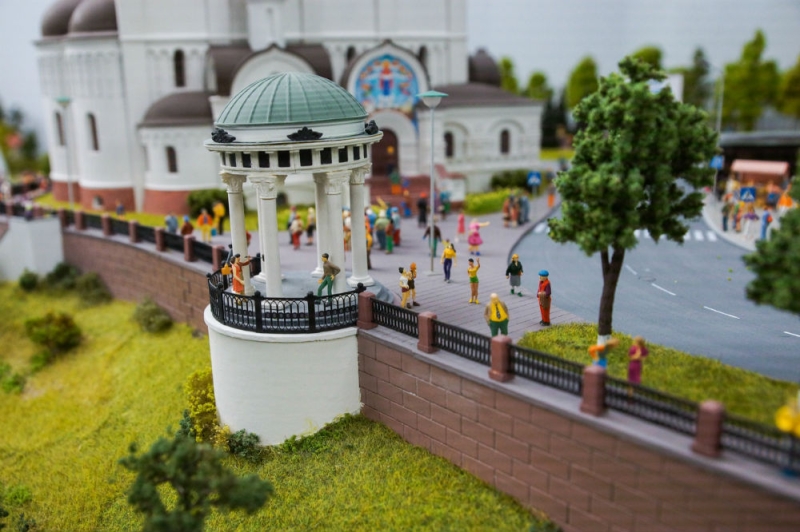
Photo: vk.com/mukmig.yaroslavl
If you have not yet managed to visit all the cities of the Golden Ring, you can start by examining their layouts. The most recognizable views of cities are collected on three hundred square meters of the museum. In Ivanovo, brides run through the streets, in the Rostov Kremlin tourists listen to a guide, and in winter Kostroma city residents go skiing. The model is alive: miniature trains arrive at tiny stations, and boats sail along the rivers. Once every ten minutes, night falls over all cities and multi-colored illumination turns on. In general, you can spend about an hour pleasantly here, and it will be interesting not only for children.
Looking for a hotel booking site around the world? OneTwoTrip has over two million accommodation properties.

